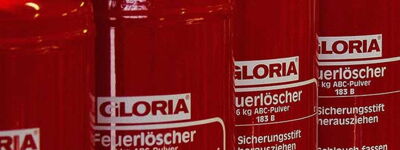Inertization: a preventive measure of fire protection
If motor vehicles are exposed indoors, special safety measures are required - especially with regard to preventive fire protection. An important aspect in this context is inertization: By adding so-called inert gases, the oxygen content in the vehicle's tank is reduced to a level that reduces the risk of combustion reactions.

Danger in vehicle tanks
Explosive mixtures may occur in fuel tanks. The presence of oxygen in particular poses a significant safety risk: literally only a "spark" is enough to cause an explosion. The most important countermeasure is the so-called inertization.
Inertization
Inertization of fuel tanks takes place as a preventive fire protection and explosion protection measure in accordance with the Operating Ordinance (BetrVO), Article 11 of the Equipment and Product Safety Act (GPSGV), Technical Rules for Operational Safety (TRBS) and Model ordinance governing the construction and operation of places of assembly (MVStättVO), for the purposes of indoor exhibition of motor vehicles. The cushion gas is made of inert gas and is applied over a flammable liquid, thus avoiding the formation of an explosive atmosphere (avoiding the explosion triangle: "covering"). This cushion gas has a maximum shelf life of 72 hours.
Vehicles must no longer move after the inertization procedure.
Furthermore, it is recommended to disconnect the power supply to exposed motor vehicles by removing the battery, in order to prevent sparks.

